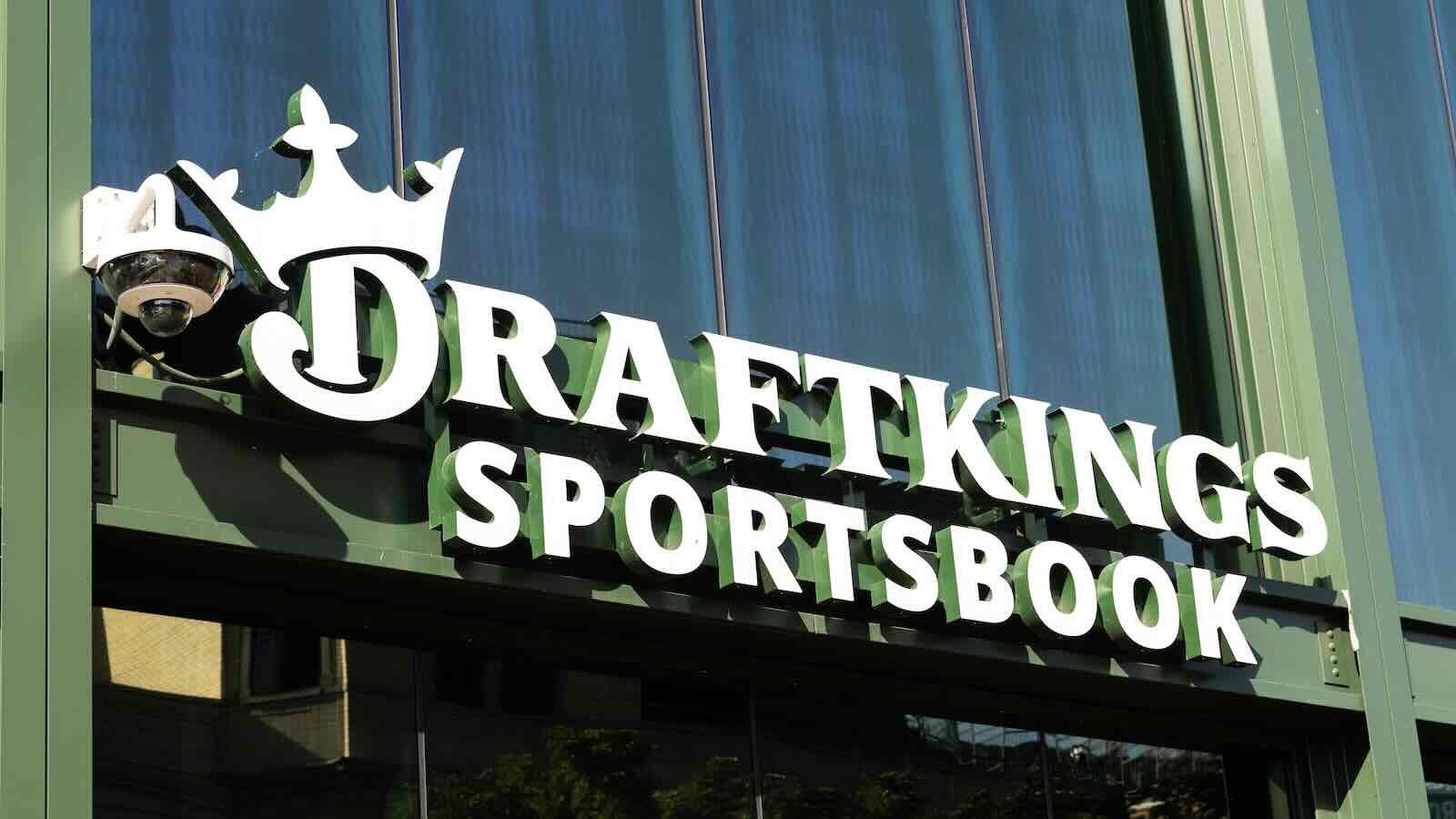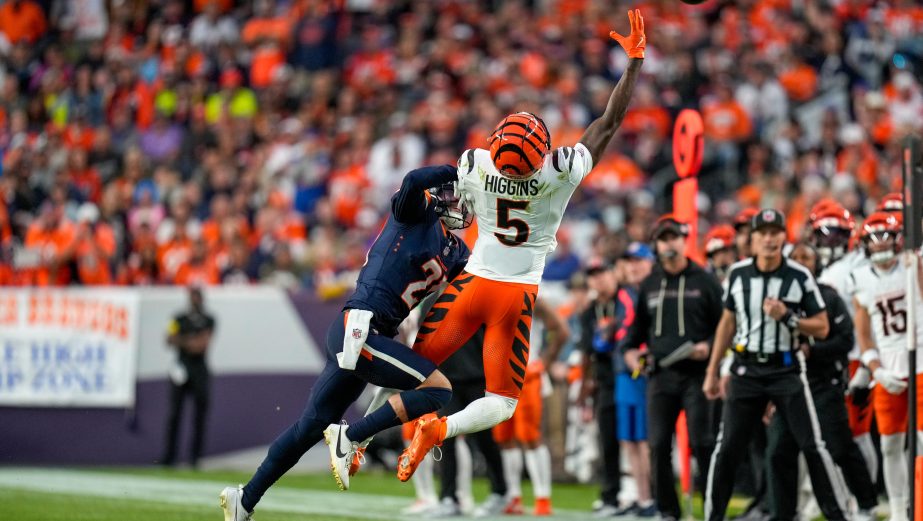Spruce Point Capital Management revealed Friday in a new research report it had shorted DraftKings’ stock, in large part due to the rise of prediction markets and DraftKings’ positioning.
Last week, DraftKings and Flutter Entertainment stock dropped precipitously after prediction market Kalshi rolled out its new same-game parlay product. In total, the companies lost about $7 billion in market cap.
Friday, Spruce Point revealed a “material short position” in DraftKings, meaning that it expects the stock to go down, and the firm “stand[s] to realize significant gains in the event that the price declines.” Spruce Point did not reveal the value of its short position.
It published the report to make investors aware of its short position and attempt to convince them that the stock is overvalued and sell, which would result in returns from Spruce Point’s short position.
Spruce Point analysts wrote that “there is still significantly more downside risk because investors
and sell-side analysts are not fully understanding the gravity of the situation and long-term disruptive impact on the Company’s business.”
Spruce Point defines itself as an “investment management firm focused on research driven short-selling, value and special situation investment opportunities.” Founded in 2009, the company seeks to challenge the status quo.
Its analysts wrote that while the average Wall Street target for DraftKings is $53, it sees 35-60% downside risk for the company, meaning a target share price of $31-$39.
“Spruce Point believes that analysts are downplaying the tectonic shift that we believe is occurring in the sports betting market and its impact on DKNG,” the report said. “Analysts are using emotionally charged language and softening concerns with words like ‘potentially challenging’ to justify buying its shares.”
The Spruce Point target is contrary to that of several major Wall Street analysts, including CNBC’s Jim Cramer, who rated DraftKings a buy Friday.
Also of interest in the note is that Spruce Point suggests that Wall Street and the wagering industry as a whole have “misinterpreted Kalshi’s hold and handle rate.”
There is no clear like-for-like comparison between prediction market volume and sportsbook hold. Prediction market volume counts both sides of every trade and counts cashing out of a bet as a further addition to volume. Because of that, others on Wall Street divide Kalshi’s volume — for September, it was $2.86 billion — in half to reach what they believe to be a reasonable comparison to sportsbook handle, which is the total amount wagered.
Different point of view
But Spruce Point analysts wrote that such reasoning is an “attempt to dismiss Kalshi’s handle as inflated. Two misconceptions recur. First, some claim each contract is counted as $2 of handle on Kalshi when only $1 is staked since a contract involves both a buyer and a seller. Upon review of Kalshi’s disclosures and through email confirmation from the company, a buyer at 30 cents and a seller at 70 cents are matched and reported as $1 of volume, not $2.”
In addition, Spruce Point analysts wrote that others believe that the reselling of contracts “exaggerate handle.” They dismiss this notion, and view each contract — new or resold — as part of total volume. But Spruce Point is in conflict with at least one other Wall Street firm on a key point: whether or not Kalshi is taking business from DraftKings and the state-regulated wagering market.
Susquehanna analyst Joe Stauff wrote Sept. 30 that prediction market volume is “additive” to the sports betting landscape. Spruce Point analysts, however, wrote “every dollar of handle on Kalshi is a dollar decision to use Kalshi over DKNG.” While several other Wall Street analysts wrote that Kalshi’s volume in September was about $1.25 billion compared to $15 billion handle for all state-regulated sportsbooks, Spruce Point analysts wrote that they consider total football volume for the same time period to be close to $2 billion, and point to rapid growth in both college and professional football.
The report also highlights that DraftKings, in particular, had a decrease in handle in New York between NFL Weeks 3 and 4 vs. an 8.1% increase during the same timeframe in 2024.
DK hasn’t released a prediction plan
Spruce Point’s report is a deep dive into DraftKings, detailing the rise of prediction markets and DraftKings’ role.
So far, however, DraftKings has not taken definitive action to enter that space while competitor FanDuel — via a partnership with CME — has. That partnership, which has plans to launch FanDuel Markets later this year or early next, does not currently have publicly announced plans to offer sports event contracts.
Underdog is already offering sports event contracts in 16 U.S. markets as a tech provider to Crypto.com. Limited prediction markets are available on the Underdog app and also via Crypto.com.
At the moment, Kalshi is by far the largest prediction market designated contract market (DCM), though Polymarket appears poised to launch. The government shutdown may slow that process, but it seems likely the platform will be available, with sports event contracts, shortly after the shutdown is resolved. In addition, PredictIt is now a registered DCM, having previously operated under tight restrictions via a deal with the Commodity Futures Trading Commission (CFTC), but it is not yet offering sports event contracts. There are several other prediction markets in the application and approval process. Robinhood is offering Kalshi’s sports event markets as a futures commission merchant (FCM).
DraftKings so far has not announced a prediction market plan or partner. The company previously made application with the National Futures Association (NFA), considered the first step to becoming a DCM, but withdrew that application. It then submitted a new application in June. Reports surfaced in July that DraftKings was exploring a deal with existing prediction platform Railbird, but there has been no formal announcement since then.
Spruce Point: Operators would be wise to wait
Whether or not to get into the prediction market business remains a conundrum for state-regulated sports betting operators. The Ohio Casino Control Commission in August sent a letter to operators warning that if they got involved in prediction markets, their licenses could be at risk. Since then, regulators in Arizona and Michigan have sent similar letters. Regulators consistently review the suitability of licensees, and all three regulators essentially told operators that they view prediction markets to be in violation of state regulations.
So, far, there has been no enforcement, though that could eventually come in the terms of a warning, fine, or license suspension. Kalshi is in court with four other states that want the prediction platform banned from their borders.
“Our position is we do not believe DKNG or any other OSB operator would risk their gaming licenses by launching sports prediction exchanges in the next 3-6 months or in the next year or two while the CFTC and the states are potentially embroiled in further litigation or a pending SCOTUS decision,” reads the Spruce Point report.
With regard to DraftKings specifically, the Spruce Point report points to what it says are “better odds” on Kalshi, and the idea that consumers will migrate to platforms on which they can get the best deal.
“While we acknowledge there are going to be variances, we believe the economics favor Kalshi,” the report reads. “We believe on average Kalshi charges just 1–2% per trade, while DKNG builds in an 8–10% vig and further adjusts its odds to protect its book.”
At market close Friday, DraftKings shares closed at $35.37, up 1.4% for the day but down 17%, or $6.55, for the week. At its lowest last week, DraftKings was trading at $34.88 in mid-morning trading Oct. 2. The Friday closing price values the company at $17.56 billion, or $3.6 billion less than it was worth before trading opened Monday.







